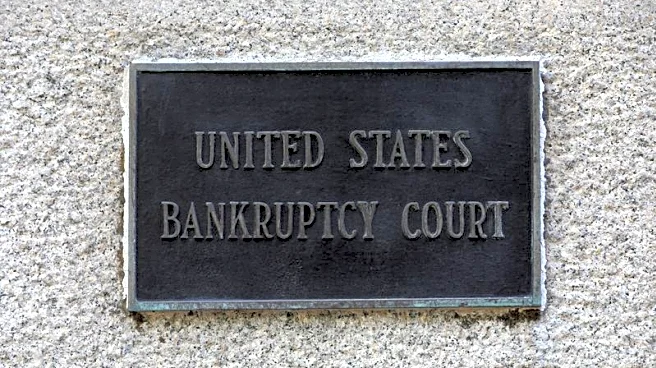What's Happening?
A significant number of American borrowers are struggling to keep up with their student loan payments, with nearly 6 million individuals at least three months behind, according to TransUnion research. The Federal Student Aid office warns that many delinquent borrowers are at risk of defaulting soon. The stress of managing tens of thousands of dollars in debt is affecting borrowers' daily decisions and long-term goals. Consumer Reports advises borrowers to contact their loan servicers to explore repayment options and avoid collections, which can lead to severe financial consequences.
Why It's Important?
The rising delinquency in student loan payments is a critical issue affecting millions of Americans, with potential repercussions for the broader economy. As borrowers struggle to manage their debt, their financial stability and purchasing power are compromised, impacting sectors such as housing and transportation. The risk of default can lead to long-term damage to credit scores, further limiting economic opportunities. This situation underscores the need for effective policy solutions to address student debt and support borrowers in achieving financial security.
What's Next?
Borrowers facing default have options such as loan rehabilitation and consolidation to regain control of their loans. These paths require proactive engagement with loan holders and careful consideration of repayment plans. The Department of Education is expected to continue efforts to assist borrowers in managing their debt, potentially leading to new initiatives or reforms in student loan policies. Additionally, increased awareness and education about avoiding scams and managing debt effectively will be crucial in helping borrowers navigate their financial challenges.
Beyond the Headlines
The struggle with student loan payments highlights broader societal issues, including the rising cost of education and the financial burden on younger generations. This situation may prompt discussions on the sustainability of current education financing models and the need for systemic changes. As borrowers seek solutions, there may be increased advocacy for policy reforms that address the root causes of student debt and promote equitable access to education.











